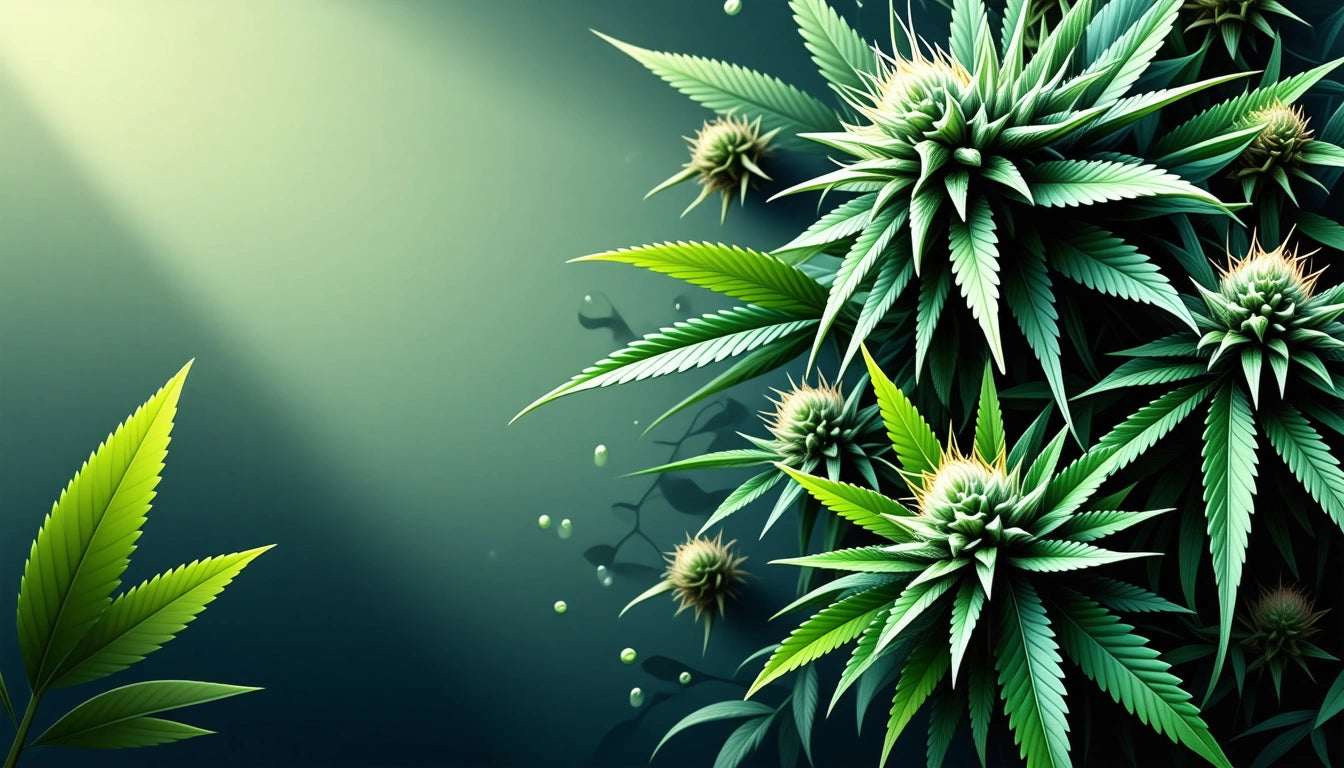Table of Contents
Understanding the Nature of Delta 8 and Delta 9 THC: Natural vs. Synthetic
The cannabis industry has seen remarkable growth in recent years, with various cannabinoids gaining attention for their unique properties. Among these, delta-8 and delta-9 THC have generated significant interest and confusion regarding their natural or synthetic status. This comprehensive guide addresses the common question: is delta 9 THC natural or synthetic, and how does it compare to delta-8?
Natural Origins of Cannabinoids
Cannabinoids are compounds that interact with the endocannabinoid system in the human body. The cannabis plant naturally produces over 100 different cannabinoids, with varying concentrations depending on the strain and growing conditions.
These compounds are synthesized within the trichomes of the cannabis plant through a biological process that converts cannabigerolic acid (CBGA) into various cannabinoid acids, which then decarboxylate into active cannabinoids when exposed to heat.
Delta-9 THC: A Naturally Occurring Compound
To address the question directly: is delta 9 THC natural or synthetic? Delta-9 tetrahydrocannabinol (delta-9 THC) is unquestionably a naturally occurring compound found in cannabis plants. It is the primary psychoactive component responsible for the intoxicating effects commonly associated with marijuana.
In the plant, delta-9 THC exists primarily as tetrahydrocannabinolic acid (THCA), which converts to delta-9 THC through decarboxylation when heated. This process occurs naturally when cannabis is smoked, vaporized, or cooked.
As explained in this detailed composition guide, delta-9 THC is produced in significant quantities by the cannabis plant without human intervention, making it definitively natural in origin.
Delta-8 THC: Natural Presence and Synthetic Production
The question "is delta 8 synthetic or natural" has a more nuanced answer. Delta-8 THC does occur naturally in cannabis plants, but in extremely small quantities. It is considered a minor cannabinoid, typically present in concentrations less than 1% in most cannabis strains.
Due to its limited natural abundance, most commercially available delta-8 THC products are created through a chemical conversion process that transforms CBD or delta-9 THC into delta-8 THC. This process involves solvents, acids, and other chemicals to facilitate the conversion.
While the starting material (CBD) is natural and the resulting delta-8 molecule is identical to what appears in nature, the conversion process is laboratory-based. This has led many regulatory bodies to classify commercially available delta-8 as semi-synthetic or synthetic, despite its natural occurrence in small amounts.
Extraction and Conversion Methods
The methods used to obtain these cannabinoids further clarify their natural versus synthetic status:
- Delta-9 THC Extraction: Typically extracted directly from cannabis using solvents like butane, CO2, or ethanol, preserving its natural state.
- Delta-8 THC Production: Usually involves converting CBD (extracted from hemp) into delta-8 THC through a process called isomerization, which rearranges the molecular structure using acids, bases, and heat.
As detailed in this guide to delta THC variants, the extraction and production methods significantly influence how these compounds are classified from a regulatory perspective.
Legal and Regulatory Considerations
The natural versus synthetic distinction has important legal implications:
- Delta-9 THC derived from marijuana remains federally illegal in the United States, though legal in many states.
- Hemp-derived delta-9 THC (in concentrations below 0.3% by dry weight) is federally legal under the 2018 Farm Bill.
- Delta-8 THC exists in a regulatory gray area, with some states explicitly banning it due to its semi-synthetic production methods.
The safety of these products, especially for vulnerable populations, has prompted regulatory attention. Safety requirements for cannabis packaging have become increasingly important as these products enter the mainstream market, with child-resistant packaging being essential to prevent accidental ingestion by children.
Safety and Quality Concerns
The production method of delta-8 THC raises several safety considerations:
- The conversion process may introduce contaminants if not properly performed and tested.
- Lack of standardized production methods can lead to inconsistent products.
- Limited regulatory oversight in some markets may result in products of questionable quality.
In contrast, delta-9 THC extracted directly from cannabis typically undergoes testing in regulated markets, potentially offering better quality assurance. This resource on delta-8 products highlights the importance of third-party testing and transparent manufacturing practices.
Chemical Structure Differences
Despite their similar names, delta-8 and delta-9 THC have distinct chemical structures. The difference lies in the position of a double bond in their carbon chain: delta-8 has this bond on the 8th carbon, while delta-9 has it on the 9th carbon. This subtle difference results in delta-8 having milder psychoactive effects compared to delta-9 THC, as explained in this comparison of delta THC variants.
The Future of Cannabinoid Development and Regulation
As research continues and the cannabis market evolves, we can expect clearer distinctions between natural and synthetic cannabinoids. Regulatory frameworks will likely adapt to address the nuanced reality of cannabinoid production methods, focusing on safety, quality, and consumer protection rather than simple natural/synthetic classifications.
The industry is moving toward more sophisticated extraction and isolation techniques that may preserve the natural status of minor cannabinoids while making them commercially viable. This could eventually lead to truly natural delta-8 products that don't require chemical conversion.
Understanding whether delta 9 THC is natural or synthetic, and how delta-8 compares, helps consumers make informed choices about the products they use. As the regulatory landscape continues to evolve, transparency in production methods and rigorous testing will become increasingly important for maintaining consumer trust and product safety.











Leave a comment
All comments are moderated before being published.
This site is protected by hCaptcha and the hCaptcha Privacy Policy and Terms of Service apply.